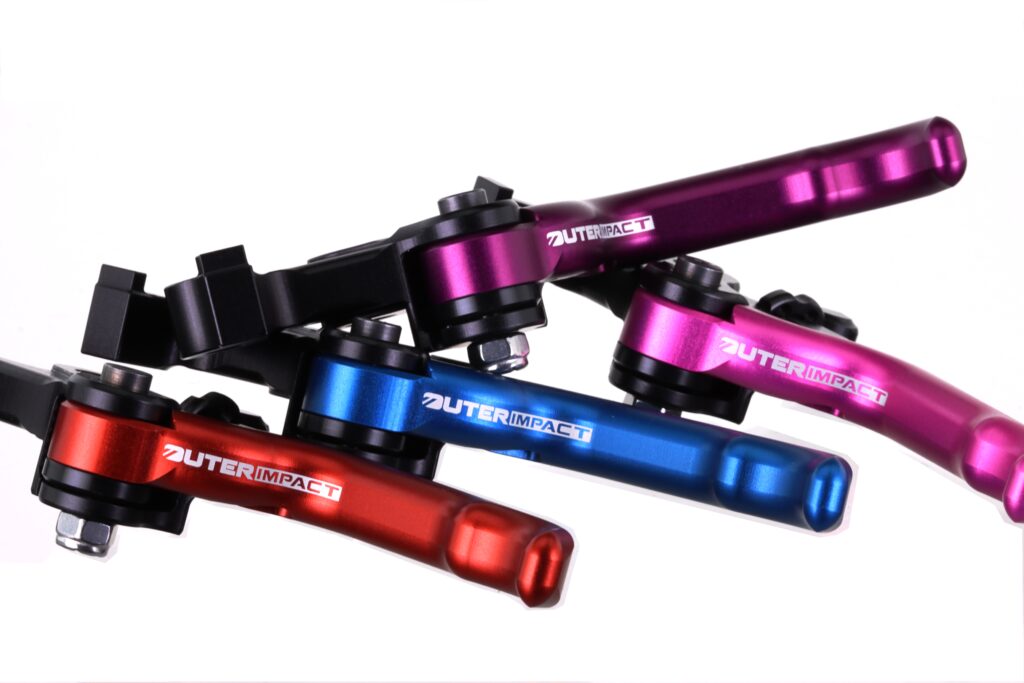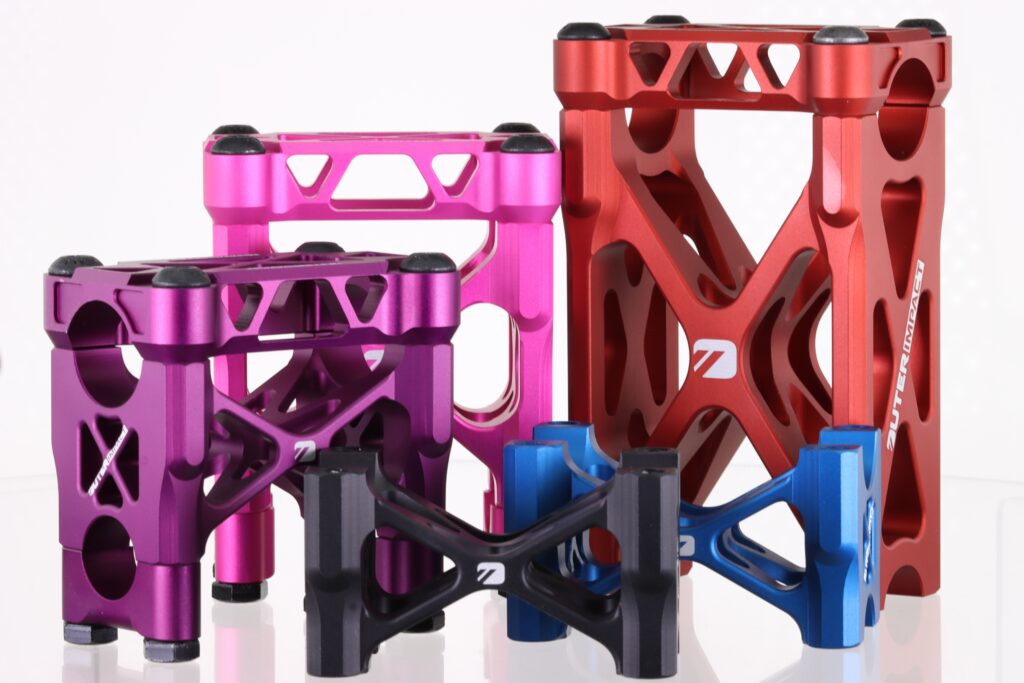How to Choose the Right Helmet for Snowmobiling: A Comprehensive Guide
Introduction: Importance of a helmet to safety
When it comes to snowmobiling, safety should always be a top priority. And when it comes to safety gear, few pieces are as critical as your helmet. Choosing the right helmet can make all the difference in protecting yourself on the trails. In this guide, we’ll walk you through everything you need to know to select the perfect helmet for snowmobiling. OuterImpact produces the finest precision machined billet aluminum brake levers and handlebar risers with a Lifetime Warranty.

Types of Snowmobile Helmets
Before diving into specific features, it’s essential to understand the different types of snowmobile helmets available:
- Full-Face Helmets: These helmets offer the most protection, covering the entire head and face. They provide excellent insulation against cold temperatures and offer the best protection in case of accidents or collisions.
- Modular Helmets: Modular helmets feature a hinged chin bar that can be flipped up, allowing you to easily access your face without removing the entire helmet. They offer versatility and convenience, especially for riders who wear glasses or goggles.
- Open-Face Helmets: Also known as three-quarter helmets, open-face helmets cover the top and sides of the head but leave the face exposed. While they offer less protection than full-face helmets, they provide better visibility and airflow.
Factors to Consider
When choosing a snowmobile helmet, several factors come into play:
1. Fit
A properly fitting helmet is crucial for both safety and comfort. Here’s what to consider:
- Snugness: The helmet should fit snugly around your head without being too tight or uncomfortable.
- No Movement: When properly fitted, the helmet should not move around or shift while riding.
- Cheek Pads: Cheek pads should press firmly against your cheeks without causing discomfort.
2. Safety Standards
Look for helmets that meet safety standards such as:
- DOT: Helmets certified by the Department of Transportation (DOT) meet minimum safety requirements for on-road use.
- Snell: Snell-certified helmets undergo additional testing for impact protection and structural integrity.
3. Ventilation
Proper ventilation is essential for preventing fogging and maintaining comfort during long rides. Look for helmets with adjustable vents that allow you to control airflow.
4. Visor and Shield
Consider the type of visor or shield that comes with the helmet:
- Anti-Fog Coating: A fog-resistant coating helps prevent fogging, ensuring clear visibility in varying weather conditions.
- UV Protection: Look for shields with UV protection to shield your eyes from harmful UV rays.
Helmet Maintenance
To ensure your helmet remains effective and safe, follow these maintenance tips:
- Regular Cleaning: Clean the exterior and interior of your helmet regularly to remove dirt, sweat, and debris.
- Inspect for Damage: Check your helmet for any signs of damage or wear, such as cracks or loose padding.
- Replace as Needed: Helmets should be replaced every few years or after any significant impact.

Conclusion
Choosing the right helmet is a critical step in ensuring your safety while snowmobiling. Consider factors such as fit, safety standards, ventilation, and visor type when selecting a helmet that meets your needs. By prioritizing safety and comfort, you can enjoy your snowmobiling adventures with peace of mind. OuterImpact is very supportive of safety and avalanche awareness. We recommend following Duncan Lee as well as the American Institute for Avalanche Research and Education (AIARE). We support the Payette Avalanche Center and take classes with Bret Rasmussen. We only take highly calculated risks and carry the correct gear.
